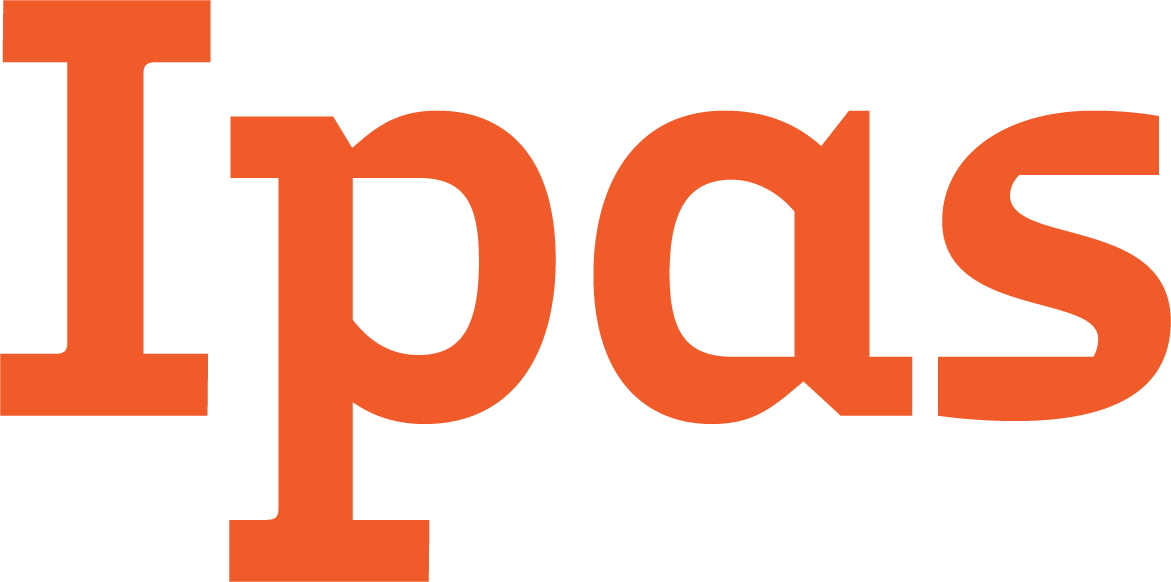
When talking about the Helms Amendment and U.S. foreign assistance for safe abortion, these key messages are simple and represent what voters feel, according to 2020 polling results.
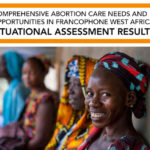
This situational assessment, conducted by Ipas in collaboration with international and in-country agencies in March-May 2015, looks at comprehensive abortion care (CAC) needs and opportunities in francophone West Africa. It concludes there are clear and promising opportunities to expand CAC services to the women who need them and are entitled to them by law, despite the cultural, religious and political opposition to CAC that remains strong in some settings. It also offers specific recommendations in support of implementing CAC programs in francophone West Africa.
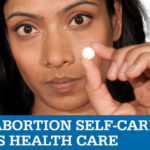
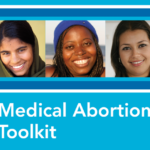
A set of guides and related resources providing up-to-date clinical information, activities and learning materials for trainers to use in helping health-care workers acquire the appropriate knowledge, attitudes and practical skills they need to provide first-trimester medical abortion.
This study sought to determine the proportion of women presenting for an induced abortion in Ghana who could use a gestational wheel to determine if they had reached at least 13 weeks or fewer than 13 weeks of pregnancy accurately.
Given the overall safety profile and increasing availability of medical pregnancy termination drugs, we asked: would the mifepristone–misoprostol regimen for medical termination at ≤10 weeks of gestation meet US Food and Drug Administration regulatory criteria for over-the-counter (OTC) approval, and if not, what are the present research gaps?
For women in India, access to abortion has been marred by extreme stigma, lack of awareness about its legality, unavailability of safe services near the community, and high costs charged by providers. Unsafe abortion practices were the third largest contributor of maternal deaths in India. However, over the last decade, women who cannot access safe and legal services have moved to self-use of medical abortion (abortion with pills) — perhaps a better option than resorting to life-threatening means.
This study explored women’s experiences accessing services and estimate costs incurred for first-trimester abortion at four public hospitals in KwaZulu-Natal Province, South Africa. Despite the availability of government assistance for children through South Africa’s “child grant,” the affordability of raising a child was a major concern for women. Although theoretically available free of charge in the public sector, women experienced challenges accessing abortion services and incurred costs which may have been burdensome given average local earnings. These potential barriers could be addressed by reducing the number of required visits and improving availability of pregnancy tests and supplies in public facilities.
The Trump administration will withhold $32.5 million from UNFPA’s 2017 budget, undoing years of lifesaving support for maternal health.
Research has not kept abreast of women’s self-use of medical abortion, leaving many gaps in the scientific literature regarding the ideal conditions for safe and effective use. In December 2016, a group of 20 global abortion researchers convened following the Africa Regional Conference on Abortion to discuss current and future research on medical abortion self-use. This article lays out their list of identified research gaps and methodologic considerations in addressing them—challenges that are intended to inform both ongoing and future research.
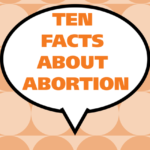
This manual serves as a quick reference guide for pro-choice advocates. The guide offers factual evidence debunking ten widely disseminated abortion myths, and provides supporting background information and resources. We hope this guide will help reproductive rights activists to confidently respond to challenges to our work and to continue advocating for abortion based on clear, scientific and unbiased data.
The objective of this research was to explore the context of abortion stigma in Ghana and Zambia through qualitative research, and develop a quantitative instrument to measure stigmatizing attitudes and beliefs about abortion. Focus group discussions were conducted in both countries, and a Stigmatizing Attitudes, Beliefs, and Actions scale was created. It captures three important dimensions of abortion stigma: negative stereotypes about men and women who are associated with abortion, discrimination/exclusion of women who have abortions, and fear of contagion as a result of coming into contact with a woman who has had an abortion. It provides a validated tool for measuring stigmatizing attitudes and beliefs about abortion in Ghana and Zambia and has the potential to be applicable in other country settings.
This factsheet shares the results of a national study by the Guttmacher Institute and Ipas, in collaboration with the Ethiopian Society of Obstetricians and Gynecologists and the Ethiopian Public Health Association, and in conjunction with Ethiopia’s Federal Ministry of Health.
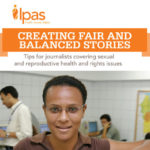
This guide was designed to help reporters understand the issues surrounding sexual and reproductive health and rights (SRHR), including the right to safe abortion, so they can report on SRHR issues in an accurate, fair and balanced manner. Although the guide specifically targets print and online journalists, all journalists—including those who work in TV and radio—can benefit from the information provided. The guide can also be used by organizations and coalitions as a guide to training reporters on SRHR issues.
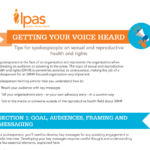
A spokesperson is the face of an organization and represents the organization when addressing an audience or speaking to the press. The topic of sexual and reproductive health and rights (SRHR) is sometimes sensitive or controversial, making the job of a spokesperson for an SRHR-focused organization very important. This tool is designed to help spokespeople excel at their jobs and craft messages that effectively reach their intended audiences.
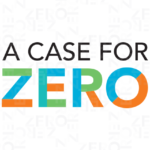
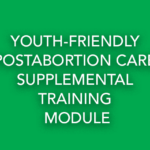
In 2006, the Youth-Friendly Task Force published technical guidance on youth-friendly postabortion care (YFPAC) with recommendations to improve the quality of and access to PAC services for adolescents. To complement the technical guidance on YFPAC and support the implementation of YFPAC, the PAC Consortium has developed this supplemental training module to train health care providers to provide YFPAC services to adolescents.
This study sought to identify socio-demographic factors associated with presenting for abortion services past the gestational age limit (12 weeks), and thus not receiving services, in Mexico City’s public sector first-trimester abortion program. We found that women living in Mexico City and with higher levels of education had lower odds of presenting past the gestational age limit. Adolescents at every level of education have significantly higher probabilities of not receiving an abortion due to presenting past the gestational age limit compared with adults.
Women’s access to abortion care is often denied or hampered due to a range of barriers, many of which are rooted in abortion stigma. Abortion values clarification and attitude transformation (VCAT) workshops are conducted with abortion providers, trainers, and policymakers and other stakeholders to mitigate the effects of abortion stigma and increase provision of and access to abortion care.
This paper estimates the incidence of legal and clandestine abortions and the severity of abortion-related complications among adolescent and nonadolescent women in Ethiopia in 2014. We find no evidence that adolescents are more likely than older women to have clandestine abortions. However, the higher abortion and pregnancy rates among sexually active adolescents suggest that they face barriers in access to and use of contraceptive services. Further work is needed to address the persistence of clandestine abortions among adolescents in a context where safe and legal abortion is available.

